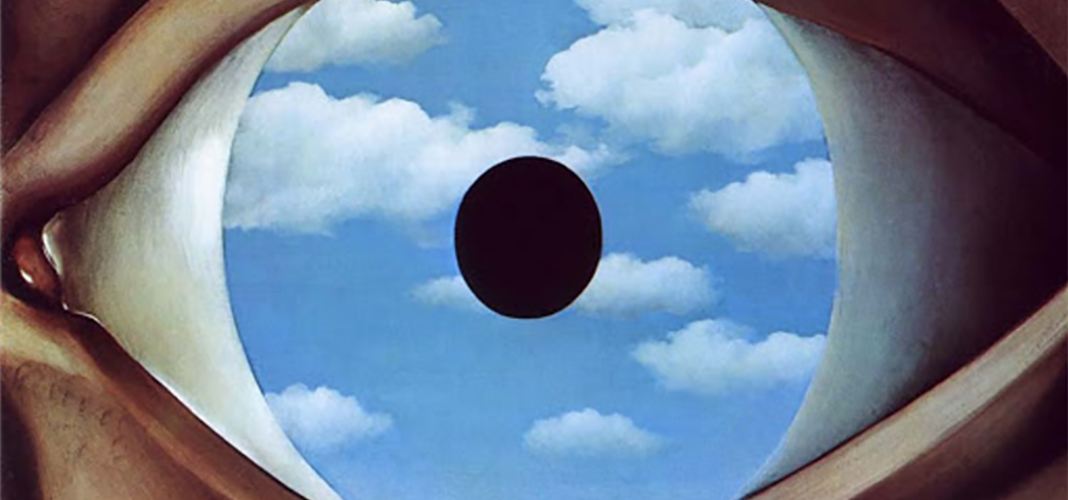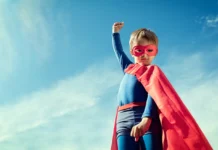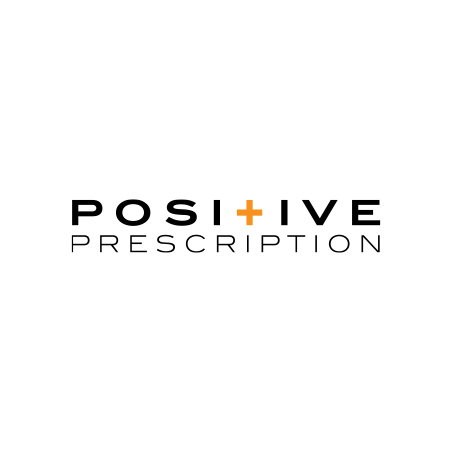“I can’t tell if they’re smiling or scowling.”
My patient was voicing her concern about masks interfering with social interactions. She is not alone. A recent survey found that more than half of adults don’t believe they can talk to others properly while wearing a mask and say they dislike not seeing each other’s smiles.
Research by psychologist Simon Baron-Cohen (yes, he is related to Sacha Baron Cohen—they’re cousins) shows that most of us can, in fact, recognize what’s going on in someone’s head just by looking into their eyes. In a test designed by Baron-Cohen and colleagues, participants were shown a series of photographs of the eye region of different faces and asked to choose the emotion that best describes the person’s emotional state.
Here is an example

Is this person A. Reflective B. Aghast C. Irritated D. Impatient
Scroll to the bottom of this article for the answer.
The research found that people are good at matching images of the eyes with the corresponding emotional state.
You can take the test here.
Of course, it is not only the eyes that we see when we look into someone’s eyes. The area surrounding the eyes is also a goldmine of information. When worried, we furrow our brow. When disgusted, we wrinkle our noses and pull down our eyebrows.
The area around the eyes also helps distinguish a real smile from a fake one. In 1862, French anatomist G. B. Duchenne observed that the muscle which surrounds the eye, the orbicularis oculi, engages when someone is genuinely happy. As the muscle contracts, the cheeks are pulled up, the lower eyelid shifts up, and wrinkles appear at the outer corner of the eye. This does not occur when someone is fake smiling. If the eyes aren’t engaged, you can assume that the person’s heart isn’t in it.
Our eyes help us see the world around us. They also help us communicate with the people around us.
Given the involvement of the eyes and the surrounding area in conveying our emotions, think twice before getting Botox at this time. Immobilizing your forehead and minimizing wrinkles will make it harder for you to connect with others while wearing a mask. Skip the wrap-around sunglasses too.
Masks limit what we see but they don’t have to limit our interactions.
As the singer Peter Gabriel reminds us in one of the best love songs of all time, the eyes are reservoirs of connection and emotion:
In your eyes
The light the heat
In your eyes
I am complete
In your eyes
I see the doorway to a thousand churches

The yearning in that song always gets me.
Alas, we can see a lot by looking into someone’s eyes so please stop worrying about masks limiting social interactions.
Masks may even make us more appealing. In an article in Vice entitled Not the Point, but We All Look Hot in Masks, writer Katie Way observes:
“There’s just something attractive about a little mystery, a little obscured identity.”
So please wear a mask—to protect others, to protect your family, to protect yourself. Wear it properly and don’t be a Maskhole—an individual who wears a mask in a way that makes it completely ineffective (below the nose, under the chin, or on the back of the head).
Answer: A. Reflective
I wish you all the best,
Dr. Samantha Boardman






